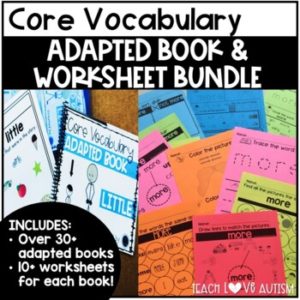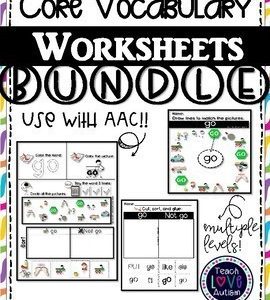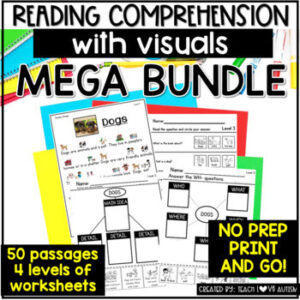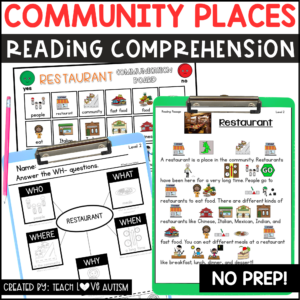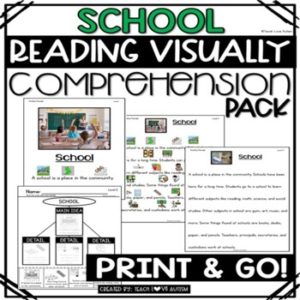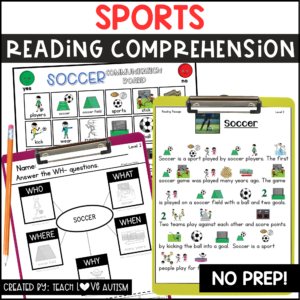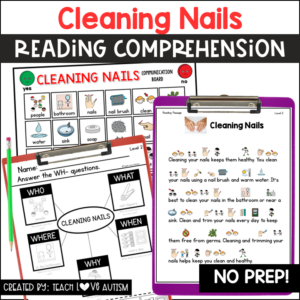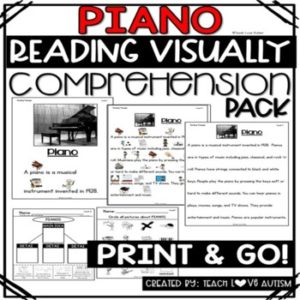Teaching Reading to Non-Speaking Students: 3 Strategies and Resources
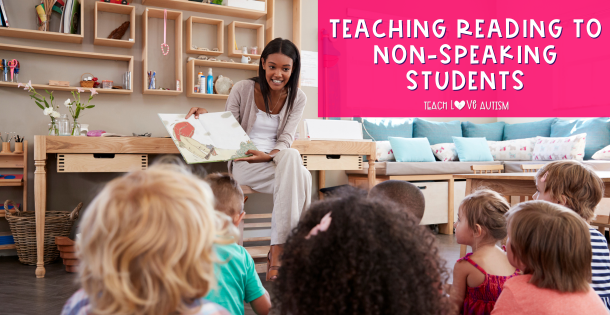
Have you ever had to teach reading to non-speaking students? While this can be a unique challenge, it is possible with the right strategies and resources. In this post, I’ll share some of the key strategies I use, along with valuable resources like core vocabulary materials and reading comprehension materials that support literacy development for non-verbal students.
Incorporating Core Vocabulary Materials into Reading Instruction
Teaching reading to non-speaking students requires a focus on core vocabulary. Core vocabulary is a set of high-frequency, versatile words that make up most of our everyday communication.
These words, such as “go,” “want,” “help,” “more,” “stop,” “like,” and “not,” are essential because they can be used in multiple contexts and across various subjects. Unlike fringe vocabulary, which includes more specific words (e.g., “penguin,” “pizza,” “volcano”), core words allow non-speaking students to express a wide range of thoughts using a limited set of words.

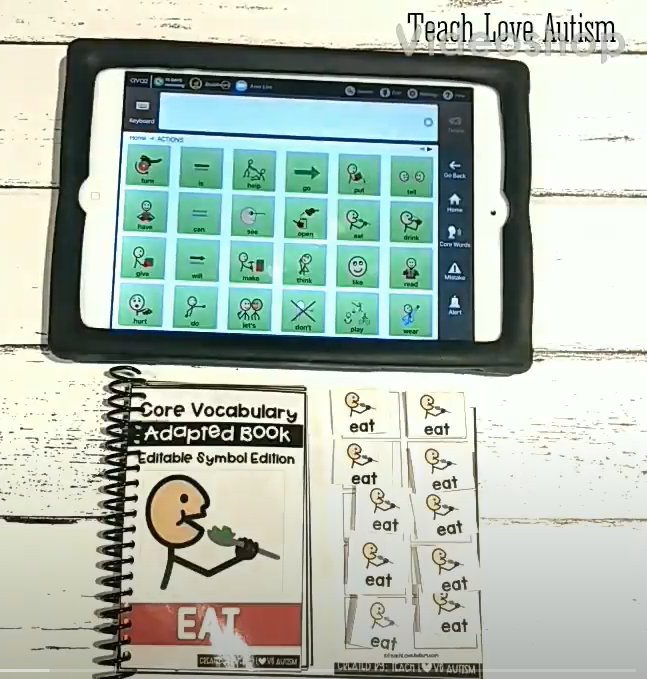
Core vocabulary is essential for teaching reading to non-speaking students who use AAC (Augmentative and Alternative Communication) because it gives them a foundation for communication, literacy, and independence. Educators help students develop meaningful language skills that support both spoken and written communication by teaching core words alongside phonics and comprehension strategies.
These materials include:
- Adapted books that reinforce core vocabulary.
- Interactive reading tasks where students match core vocabulary words to pictures.
- Sentence-building activities using core words.
Core Vocabulary Products
-
Core Vocabulary Adapted Books and Worksheets BUNDLE
Original price was: $99.00.$79.20Current price is: $79.20. -
Core Vocabulary Editable Symbol Adapted Book BUNDLE
Original price was: $57.75.$45.00Current price is: $45.00. -
Core Vocabulary and Sight Word Worksheets
Original price was: $46.50.$37.20Current price is: $37.20.
Special education teachers should use core vocabulary for teaching reading to non-speaking students because it provides them with a consistent and functional set of words that they can use across various settings and communication opportunities.
By integrating these words into literacy instruction, teachers help all students build a strong foundation for reading while also supporting their ability to express themselves through AAC or other communication methods. Teaching core vocabulary alongside phonics and comprehension strategies empowers non-speaking students to engage with text, develop language skills, and increase their independence in communication and learning.


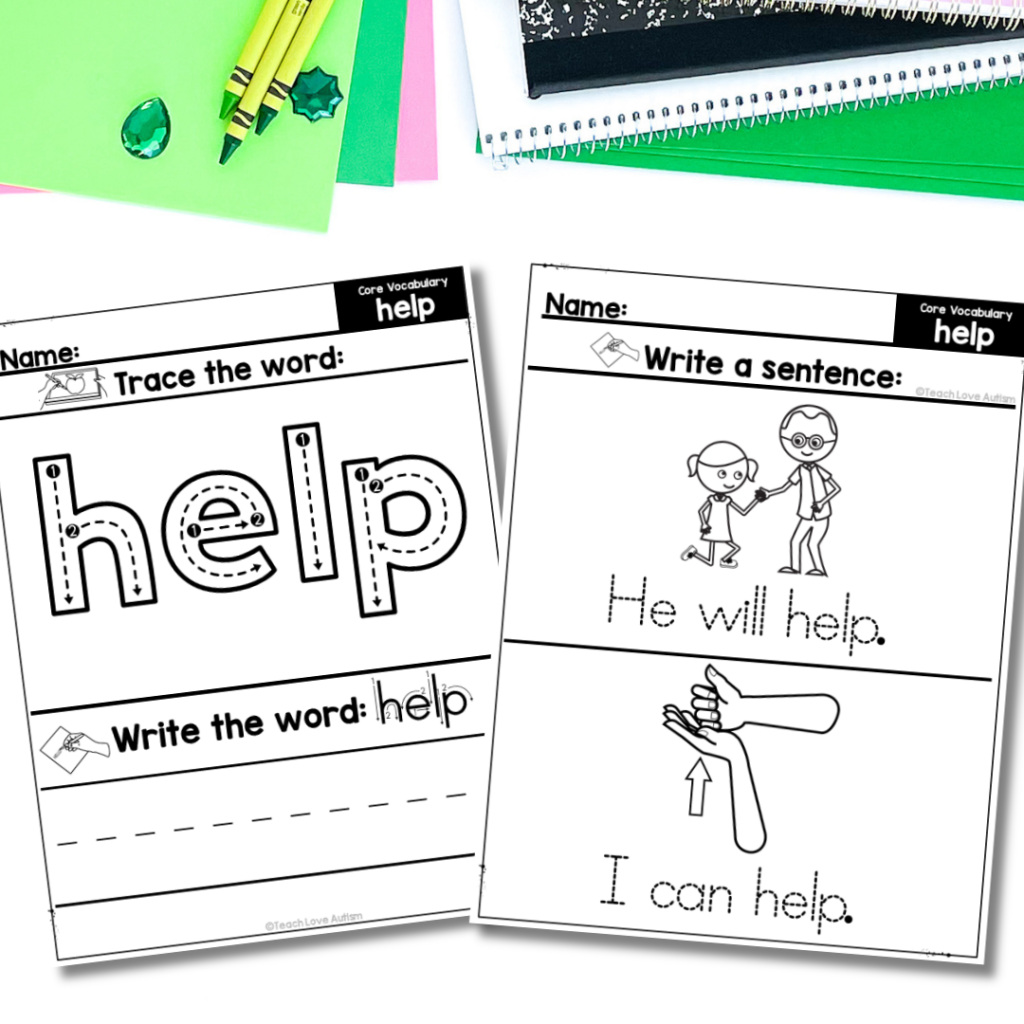
One-on-One Guided Reading Lessons for Non-Speaking Students
For my non-speaking students, I conduct one-on-one guided reading sessions using a combination of traditional books and technology. I integrate their AAC (Augmentative and Alternative Communication) devices to support communication and literacy learning.
During these sessions, I:
- Encourage students to point to words as I read aloud.
- Use their AAC devices to locate core vocabulary and fringe words related to the text.
- Engage students in spelling and word recognition activities.
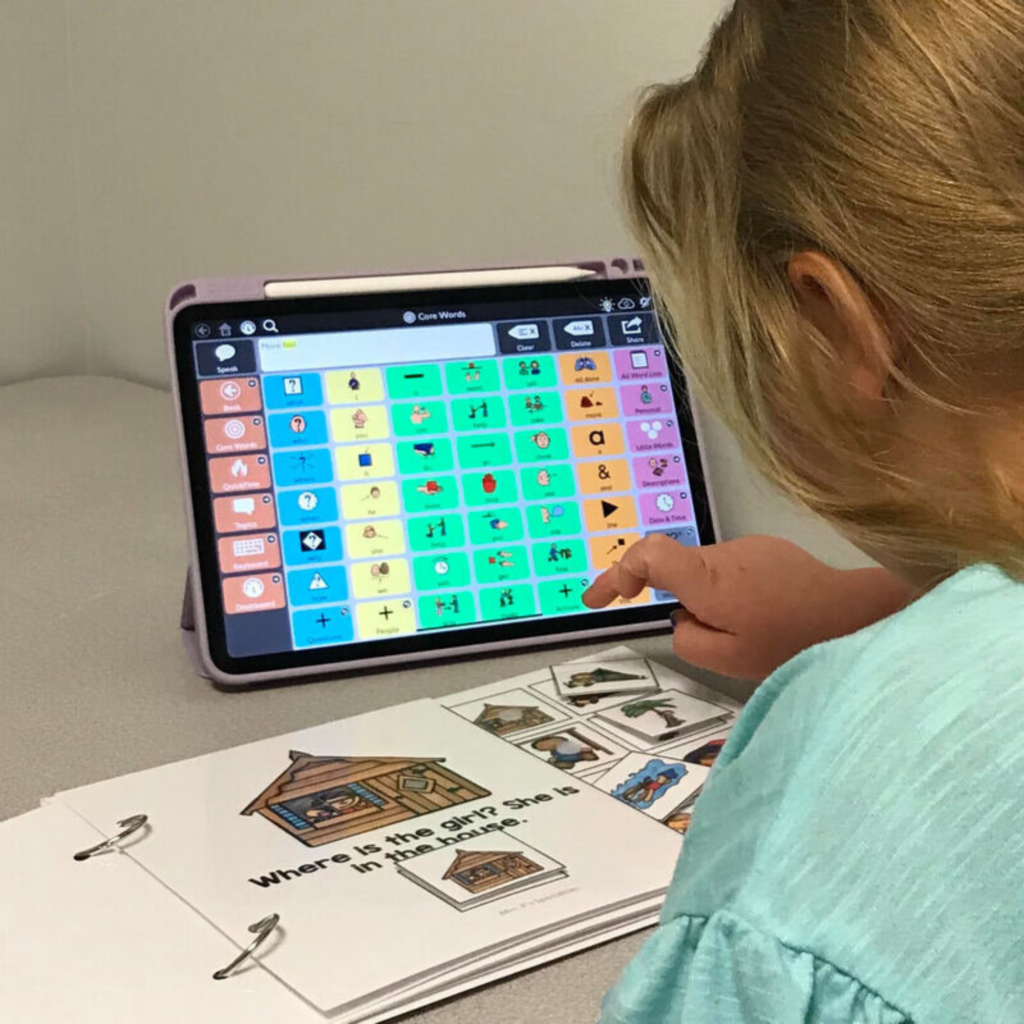
One-on-one guided reading lessons are essential for non-speaking students because they provide individualized support that meets their unique communication and literacy needs. In a one-on-one setting, teachers can tailor instruction to each student’s learning style, incorporating AAC, visual supports, and multimodal strategies to build comprehension and decoding skills.
These lessons create opportunities for students to engage with text in a meaningful way, whether by selecting words on a device, pointing to pictures, or using gestures to show understanding. Guided reading also allows for immediate feedback, repetition, and scaffolding, which are critical for developing early literacy skills. By providing direct, focused instruction, teachers empower non-speaking students to become confident readers and effective communicators.
Enhancing Reading Comprehension for Non-Speaking Students
Reading comprehension is just as important as decoding words when teaching reading to non-speaking students. My reading comprehension materials include:
-Comprehension tasks that allow students to demonstrate understanding using picture choices, pointing, or AAC devices.
-Visual supports that help students make connections with the text.
-Simple WH-question prompts tailored to non-speaking students.
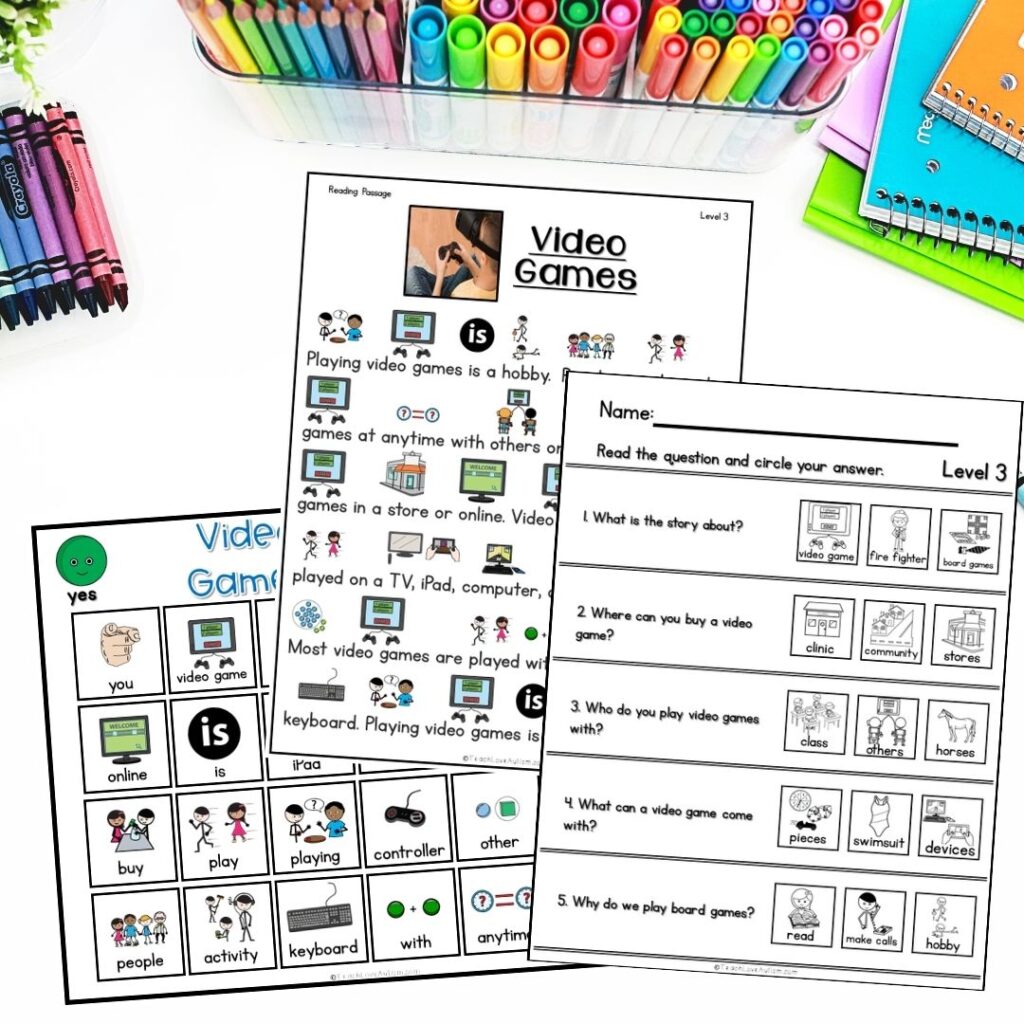
Teaching reading comprehension to non-speaking students is essential because it allows them to actively engage with the text, develop critical thinking skills, and build meaningful connections to language and communication. Comprehension goes beyond simply decoding words—it helps students understand stories, follow directions, and gain knowledge about the world around them.
For non-speaking students, strong comprehension skills enhance their ability to express thoughts, answer questions, and participate in conversations using AAC or other communication methods. By focusing on comprehension, teachers empower students to become more independent learners, boost their confidence, and open up new opportunities for academic and social success.
Recommended products
-
Reading Comprehension Passages and Worksheets with Visuals for Special Education Bundle
Original price was: $150.00.$110.00Current price is: $110.00. -
Brushing Teeth Reading Comprehension Passages and Worksheets for Life Skills
$3.00 -
Community Places Reading Comprehension with Visuals for Special Education
Original price was: $15.00.$12.00Current price is: $12.00. -
School Reading Comprehension with Visuals for Special Education
$3.00 -
Sports Reading Comprehension with Visuals for Special Education
Original price was: $15.00.$12.00Current price is: $12.00. -
Transportation Reading Comprehension with Visuals for Special Education
Original price was: $15.00.$12.00Current price is: $12.00. -
Cleaning Nails Reading Comprehension Passages and Worksheets for Life Skills
$3.00 -
Piano Reading Comprehension with Visuals for Special Education
$3.00
Final Thoughts on Teaching Reading to Non-Speaking Students
Teaching reading to non-speaking students requires a combination of evidence-based strategies and accessible resources. By utilizing core vocabulary materials, reading comprehension tools, and structured literacy instruction, we can empower non-speaking students to develop strong literacy skills.
Let’s continue to create inclusive classrooms where all students have the opportunity to thrive in literacy learning!
The post Teaching Reading to Non-Speaking Students: 3 Strategies and Resources appeared first on Teach Love Autism.


